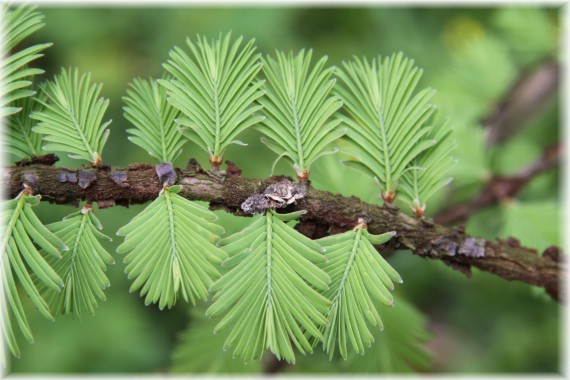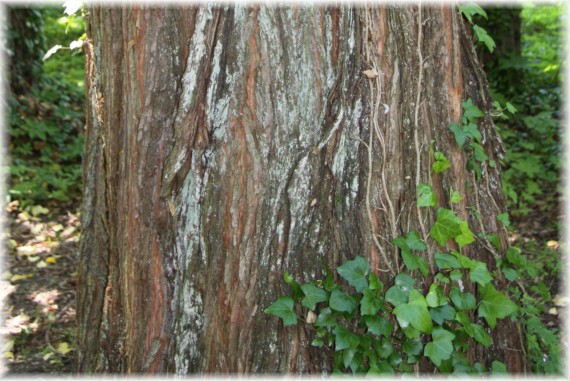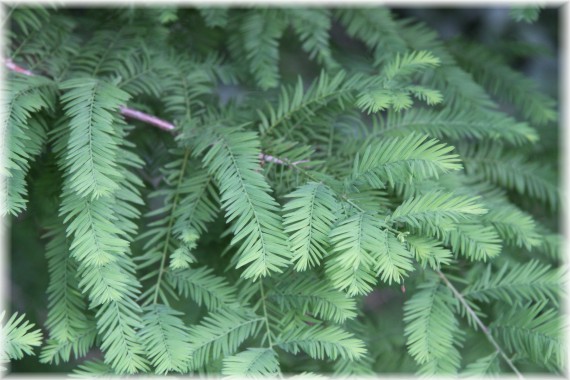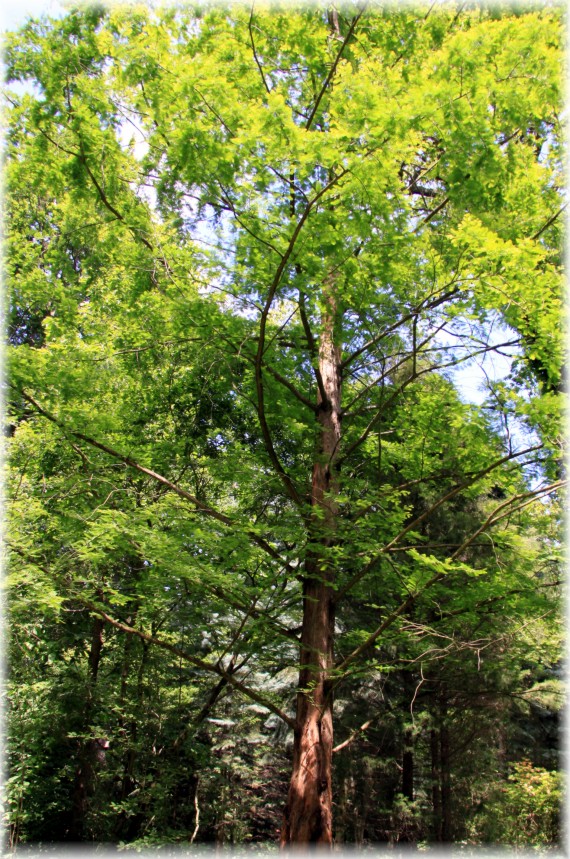- Details
- Written by: Wiesław Płócieniak
- Category: Trees of the World
- Hits: 615
Trees of the World
| English name: | JAPANESE HORSE CHESTNUT |  |
| Polish name: | KASZTANOWIEC JAPOŃSKI | |
| Latin name: | Aesculus turbinata Blume | |
| Natural habitat: | Japan | |
| Height: | in its natural habitat up to 40 m, in Poland it only grows to half this height | |
| Characteristics: | Tree with a broad, dome shaped crown. Leaves are large, with 5-7 leaflets, light blue and green from the underside. It blooms later than Horse Chestnut, usually at the beginning of June. White flowers gather in large panicles, up to 25 cm long. Japanese Horse Chestnut fruits are large (5 cm in diameter), pear shaped, rust covered, with no spines. Seeds (“chestnuts”) have a wide mark which takes up to half of its area. Single individuals are most spectacular, preserving the low branched crown with lower branches touching the ground. | |
| Additional information: |
It is quite rare in Poland, while in Japan it is frequently planted along roads. |
|
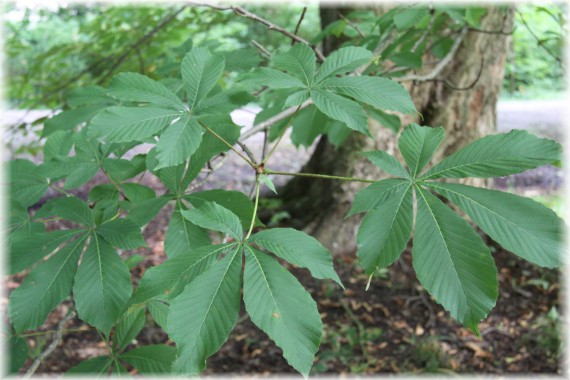
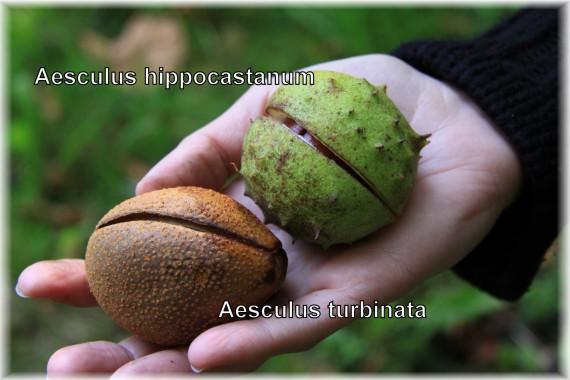

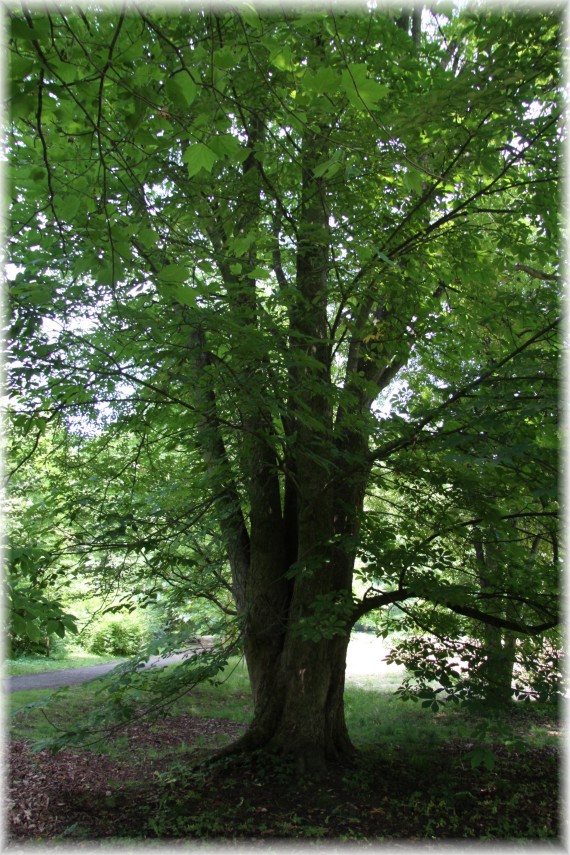
- Details
- Written by: Wiesław Płócieniak
- Category: Trees of the World
- Hits: 458
Trees of the World
| English name: | SMALL-LEAVED LIME |  |
| Polish name: | LIPA DROBNOLISTNA | |
| Nazwa łacińska: | Tilia cordata Mill. | |
| Latin name: | from Western Europe to West Siberia | |
| Height: | up to 30 m | |
| Characteristics: | A tree with a regular, broad, egg shaped or almost spherical crown. Leaves are round, about 3-6 cm long, cordate at the base, pale-green on the underside with tufts of reddish hair in the vein angles. It blooms in June and at the beginning of July. Flowers are tiny, white-yellow, with a strong smell, 5-9 are clustered in a single infloresence. The fruit is a nut in a thin, coriaceous shell with faint ribbing. | |
| Additional information: | The small-leaved lime is a long-lived, valuable honey plant. Its soft wood is used in turnery and sculpture as well as in musical instrument making. It has great growing back capabilities and can be trimmed. Lime flowers are used to make a decoction used to fight flu and colds. During pagan times, lime was believed to be a tree of friendly gods. Lime used to be planted on the day a child was born, believing in a mystic bond between the tree's vital force and child's fate. It wasn't allowed to plant the tree until the newborn's first scream was heard. | |
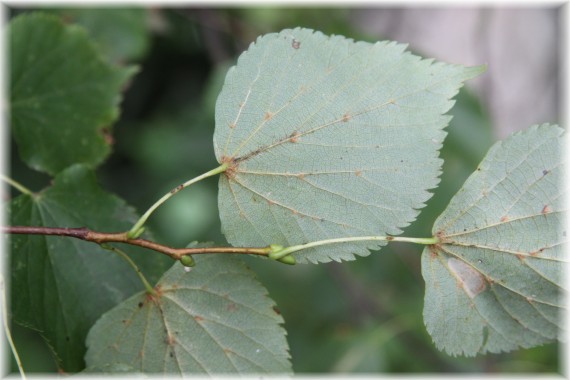

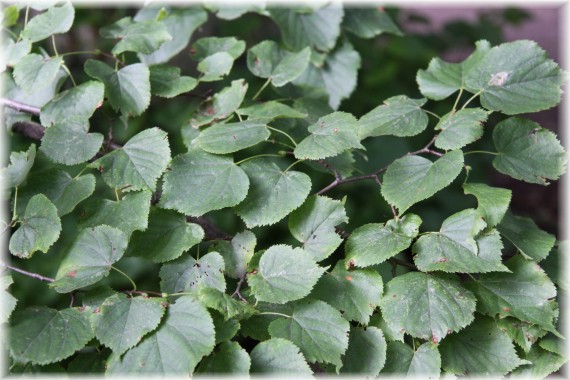
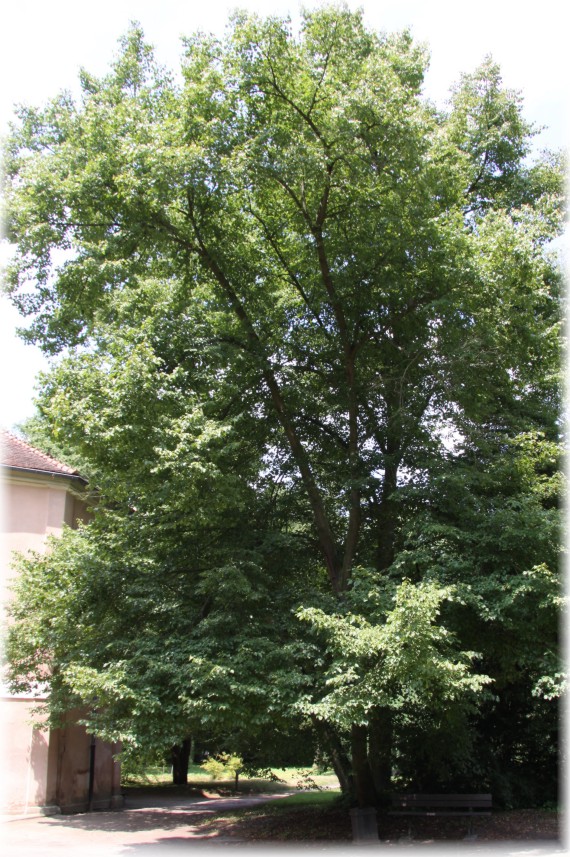
- Details
- Written by: Wiesław Płócieniak
- Category: Trees of the World
- Hits: 404
Trees of the World
| English name: | LARGE-LEAVED LIME |  |
| Polish name: | LIPA SZEROKOLISTNA | |
| Latin name: | Tilia platyphyllos Scop. | |
| Natural habitat: | Central and South Europe as well as the Caucasus, Poland is the northern boundary of its range | |
| Height: | up to 35 m | |
| Characteristics: | Tree with a broad, cone shaped crown, often with hanging down low branches. Oval and egg shaped leaves are up to 12 cm long, cordate at the base, with tufts of white hair in the vein angles. In autumn the leaves turn yellow. Flowers are light-yellow, usually three in each hanging down inflorescence. It blooms the earliest of all limes, in mid June. The fruit is a thick-skinned nut with five distinct ribs. | |
| Additional information: | Since time immemorial, Large-leaved Lime was planted near houses in cities and in villages. It is a long-lived tree, its life span is up to 500 years, during which the tree achieves great height. Young trees are highly resistant to trimming and can be easily shaped. Large-leaved Lime wood is light and soft, it is widely used in woodcarving, to make draft boards, clogs and baskets. Flowers supply bees with nectar and pollen, they also have healing properties. Many church sculptures and altars were made out of lime wood (among others, the altar by Veit Stoss). | |
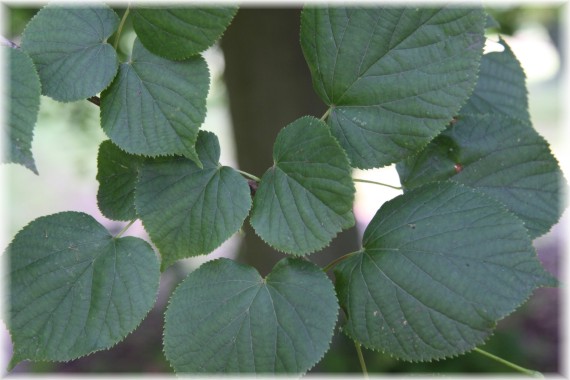
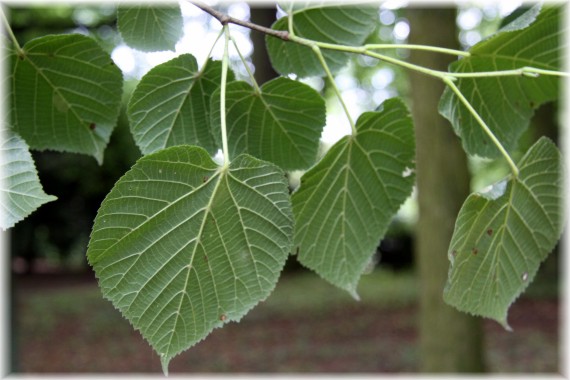
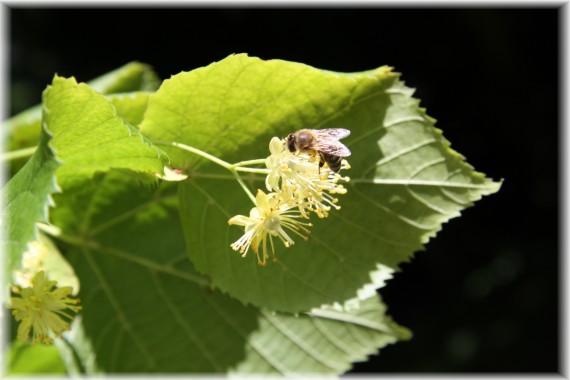
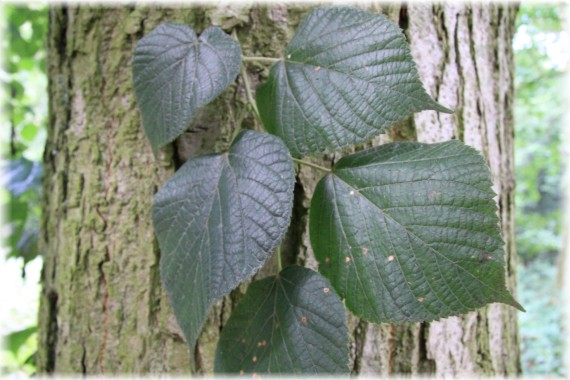
- Details
- Written by: Wiesław Płócieniak
- Category: Trees of the World
- Hits: 524
Trees of the World
| English name: | KOBUSHI MAGNOLIA |  |
| Polish name: | MAGNOLIA JAPOŃSKA | |
| Latin name: | Magnolia kobus DC. | |
| Natural habitat: | Japan | |
| Height: | usually up to 10 (-25) meters | |
| Characteristics: | It is one of the tallest magnolias found in house gardens. It is frost resistant and grows fast. Its seeds germinate well, which makes it a fine stock for delicate magnolia species. It blooms profusely as early as late April. Its flowers are mildly fragrant, white, with pink tint at the base. It is the least capricious of the magnolias, however it starts to bloom quite late (after 10-15 years). | |
| Additional information: | In the Far East, powdered leaves of this magnolia are used to season rice. | |
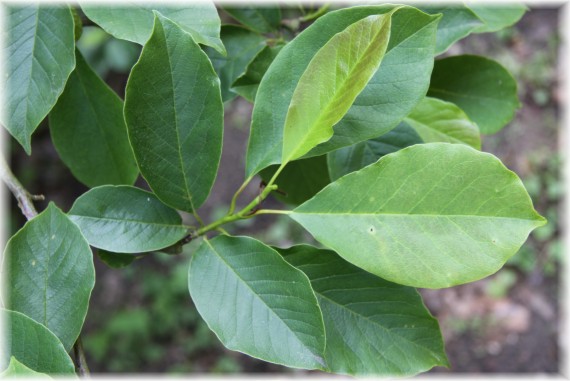
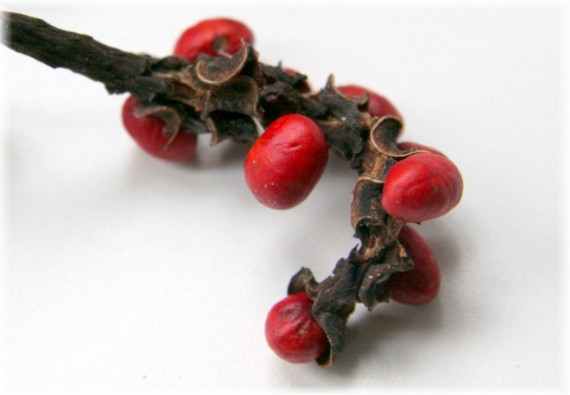
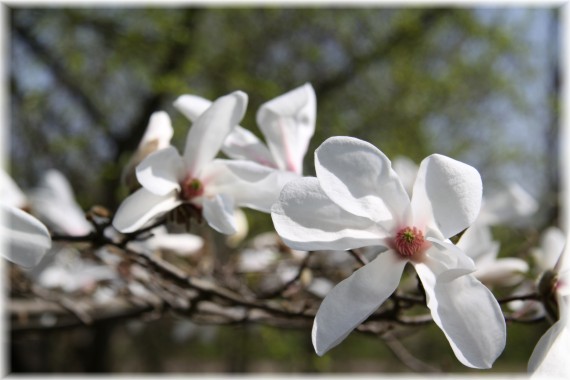
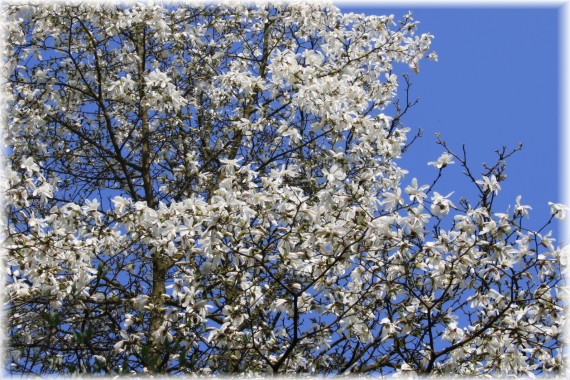
- Details
- Written by: Wiesław Płócieniak
- Category: Trees of the World
- Hits: 476
Trees of the World
| English name: | DAWN REDWOOD |  |
| Polish name: | METASEKWOJA CHIŃSKA | |
| Latin name: | Metasequoia glyptostroboides Hu et W.C.Cheng | |
| Natural habitat: |
China (Chongqing). It often grows next to rivers and on marshes, hence it is sometimes called the "water larch" |
|
| Height: |
in its natural habitat: up to 35-50 m |
|
| Characteristics: | The bark peels off in fibrous strips. Shoots are regular, opposite, divided into lignifying long shoots and non-lignifying short shoots, which fall in autumn along with the needles. Needles are light-green and soft, up to 1.5 cm in length, 2-ranked. In autumn, the needles change color to orange-brown. Cones are globose, about 2 cm long. They hang down from side branches and fall after the seeds scatter. | |
| Additional information: | The species used to be described as extinct, and its fossilized remains were found in North America, China and Japan. Based on this, it was believed to be widespread during the Tertiary period, and afterwards went extinct. At first, it was classified as Sequoia. Morphological analysis of the remains, however, have proved that the species is different from Sequoias. The new species was then called metasequoia. In 1941 it came as a huge surprise when living Metasequoias were found! This tree is the oldest Metasequoia in the Arboretum, grown from the first batch of seeds which were sent to Poland in 1948. | |
